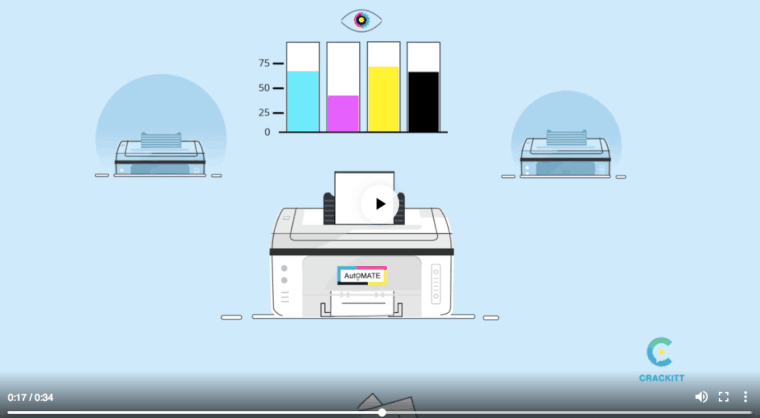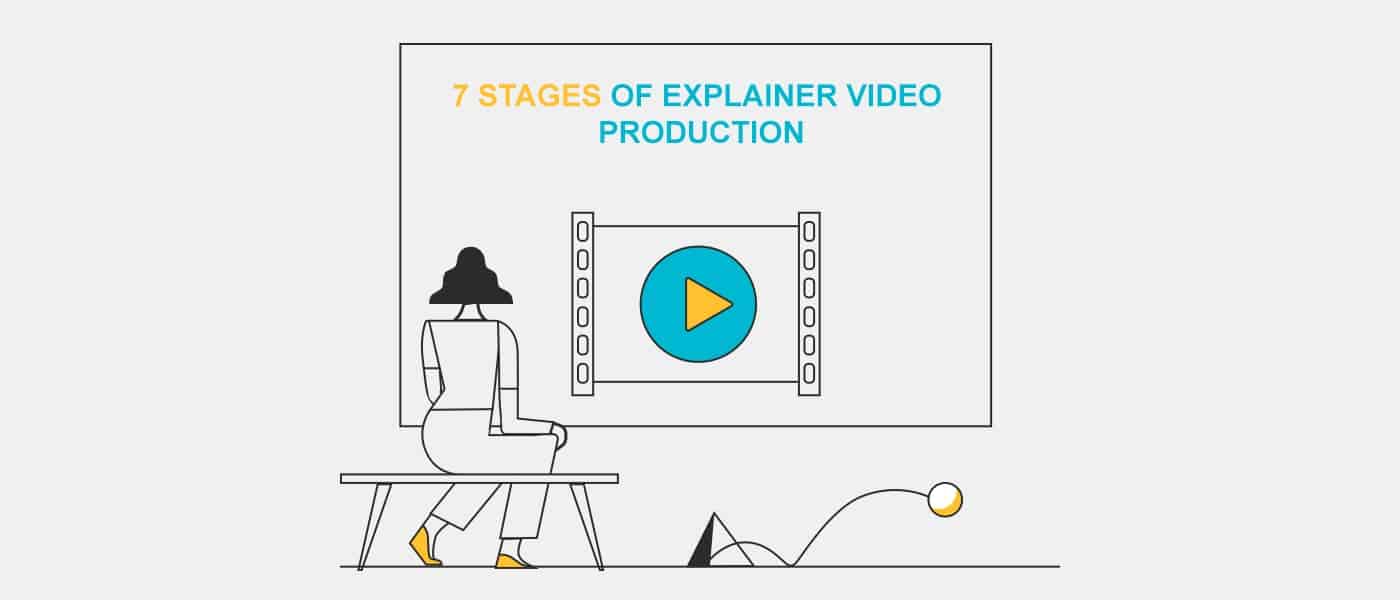7 Stages of Explainer Video Production
Explainer videos are helping businesses reach their potential by eliminating the engagement and awareness barrier. To ensure that your explainer video turns out the way you want it to, it’s essential to eliminate issues in all steps during video production.

For many businesses, the answer to boosting their online presence is explainer videos. On landing pages, they can help increase conversions by an average of 20%. But that’s not the only point of placement for these videos.
They are useful even beyond landing pages, work perfectly as demo day pitches. They even fit well into the app store and help increase app downloads.
You would have come across numerous articles that explain why your business needs an explainer video, but before you jump on this wagon, you should be prepared for the production stages that go into its making. Here we will walk you through the seven stages of explainer video production. Hop on!
Get the Best Updates on SaaS, Tech, and AI
1) It All Starts with A Brief
Before the process of video making starts, the video production firm receives a brief from the client. This is much like the requirement gathering phase in software development.
As visual marketing specialists, we spend time analyzing the data provided to us so we can translate the requirements into an effective video. The idea is to understand the business offerings, target audience and business story from the company’s own perspective. These are noted carefully.
2) The brief is turned into a Concept and then a Script
Once the input data is ready, the next step involves conceptualization. Here the video team sits with the client brief. This step involves a lot of brainstorming where multiple ideas land in the bin and only the very best stay behind.
To prepare the first deliverable that can be presented to the client, the concept is then written down as a script.
Script preparation is an extensive process. The primary focus while script writing is engagement, so the idea is to keep it crisp and entertaining. For a 30-90 second video, the script falls somewhere around 90-250 words. This means that we compile multiple sentences and then trim them down to fit the one that delivers the core message without saying too much.
It is crucial to note that the style of writing the script might differ as per the video requirement. For some videos, the script may look more like a collection of dialogues where different characters converse with each other while for some others, it is usually one narrator telling the brand story.
3) From Scripts to Storyboards and Other Graphic Development
Perhaps the most crucial aspect of explainer video creation, storyboards are necessary to strengthen the visual appeal before finally working on the end idea. Rough sketches are created along with 1-2 final graphics which are then presented to the client for approval.
While creating storyboards, the idea is to present the script in the most visually appealing manner so the visual creative acts as a hook.
Storyboards have brought massive success for various movies. Mad Max Fury Road, a movie that won the most Oscars in 2016, relied on this concept.
Even at Disney, storyboards have been a very crucial part of the entire film-making process. Disney’s Bambi, which premiered in 1942, is unmistakably an animated triumph. Here is a snippet of one of its storyboards:
Storyboards can help lay similar foundations for your explainer videos and bring great results for your business.
4) Time for Voice Over Recording
After the storyboards are delivered and approved, the next step in the video production process is the voice over recording.
In this stage, it is crucial to choose an artist who can do justice to the video and produce the necessary vibe. But the final voice that becomes a part of the video is chosen by the client. This is carried out before animation to ensure that the characters deliver the dialogue in sync with the narration.
With an effective voice over, your video becomes much more compelling as it combines the visual and sound effect to deliver the message effectively. Additionally, the right voice can help you create the necessary emotion in your audience – you can infuse humor or create urgency; depending on the purpose of your video.
5) Picking A Graphic Style That Matches the Brand Image
As visual specialists, the responsibility of turning the video into a visual spectacle rests with the production team.
So, while picking the graphic style, different color palettes are created that match the brand image. Depending on what suits the business purpose, the final palette is picked.
Additionally, uniformity is maintained throughout the graphics in the video with this technique. This means that video frames run smoothly and create a uniform visual journey.

6) Moving on to Animation
The approved graphics go into production at the animation stage. This process is usually long and laborious since the animator produces about 5-10 seconds of animation per day.
This can take more time if the idea is complex.
7) Wrapping the Process with The Sound Design
While your viewers watch a video, both their visual and auditory senses are engaged. This is why video can deliver much more emotion than a visual creative can do alone.
So, it is crucial to not overlook this aspect of video production. Sound design shapes the video by adding the appropriate sound effects, so the viewer connects more with the content.
By the end of this stage, all elements are combined to create the final version. Any changes at this stage can be time-consuming, so it is best to focus on optimizing all the previous stages.
Closing thoughts
Explainer videos are helping businesses reach their potential by eliminating the engagement and awareness barrier. To ensure that your explainer video turns out the way you want it to, it’s essential to eliminate issues in all steps during video production. This also means a continuous communication between the video production company and the client.
Author Bio: Deepasha Kakkar is a visual marketer, founder of Crackitt, and a consumer behavior aficionado. She helps businesses & organizations hone their identities, craft their brands, and share their truths using beautiful handmade animated videos and compelling infographics. You can connect with her on LinkedIn.
FTC Disclosure: The pages you visit may have external affiliate links that may result in me getting a commission if you decide to buy the mentioned product. It gives a little encouragement to a smaller content creator like myself.



